NRR:南通大学何江虹团队发现趋化因子血小板因子4是促进周围神经再生的新靶点
周围神经损伤后,许旺细胞可迅速做出反应,清除髓鞘碎片,引导并促进轴突生长,分泌再生促进因子,这会为神经再生提供合适的微环境[1-4]。但是其中哪些因子参与周围神经损伤后的作用及可能机制尚不明确。
最近,中国南通大学何江虹团队在《中国神经再生研究(英文版)》(Neural Regeneration Research)上发表了题为“Chemokine platelet factor 4 accelerates peripheral nerve regeneration by regulating Schwann cell activation and axon elongation”的文章。该研究首先通过大数据挖掘,发现大鼠坐骨神经损伤后血小板因子4 表达显著上调,而敲降血小板因子4后可降低许旺细胞的增殖和迁移能力,而外源血小板因子4重组蛋白则可促进许旺细胞的增殖和迁移能力。此外,外源血小板因子4重组蛋白还可促进神经元轴突的生长。在敲降大鼠坐骨神经损伤处的血小板因子4,可抑制许旺细胞的增殖。这表明许旺细胞分泌的血小板因子4可能通过调节自身的活化和轴突的生长促进神经修复和再生,可能是创伤性周围神经损伤后修复再生的潜在治疗靶点。
生物信息学分析结果显示,坐骨神经损伤后,血小板因子4表达显著上调。血小板因子4可参与多种重要的生物学过程,如细胞凋亡,细胞分化、存活和增殖[5-8]。PCR得出的损伤后不同时间点坐骨神经中血小板因子4 mRNA水平表达变化与转录组测序结果基本一致(图1),且免疫组化染色结果也显示坐骨神经损伤部位中血小板因子4的表达在损伤后1 d时即显著上调,并与许旺细胞有共定位,提示许旺细胞可能表达血小板因子4,参与神经损伤后修复(图2)。
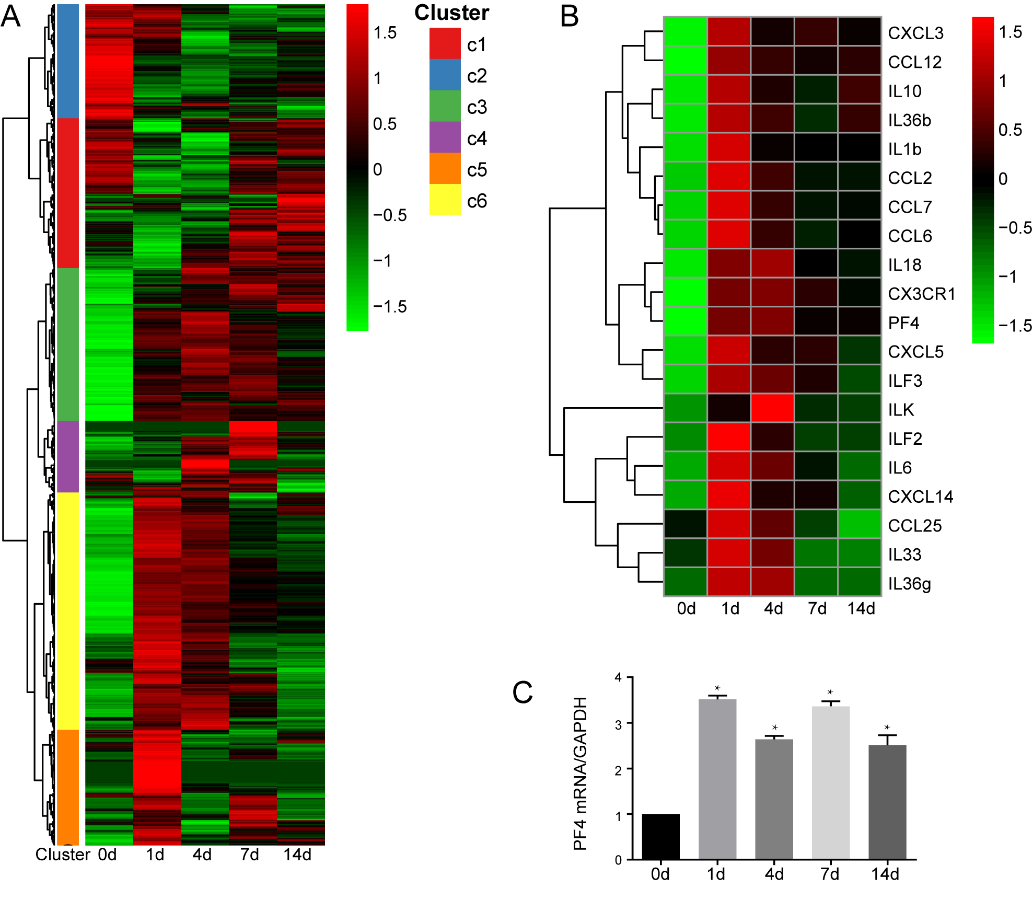
图1大鼠坐骨神经损伤后血小板因子4表达上调(图源:Gu et al., Neural Regen Res, 2023)
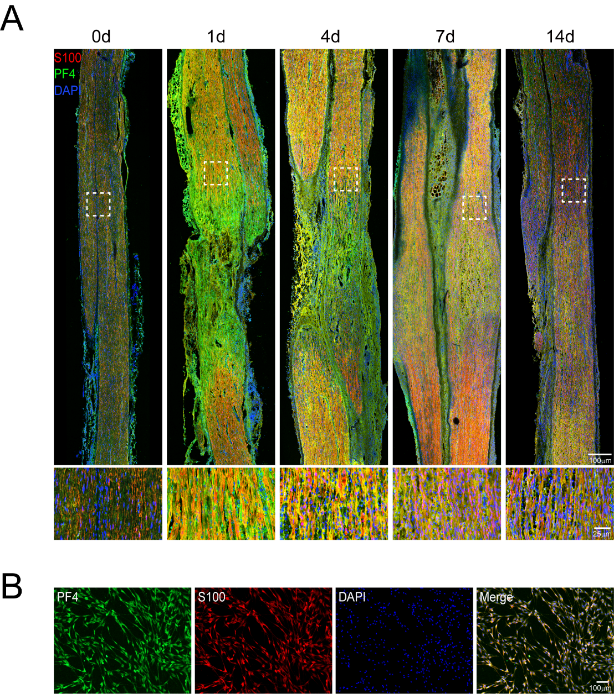
图2血小板因子4在大鼠坐骨神经许旺细胞中表达(图源:Gu et al., Neural Regen Res, 2023)
敲低体外纯化培养的许旺细胞中血小板因子4后,许旺细胞的增殖以及迁移能力下降(图3)。ELISA显示许旺细胞可分泌血小板因子4至培养基中。转染小干预RNA敲除血小板因子4后,其分泌的血小板因子4蛋白明显减少;而加入血小板因子4重组蛋白,可促进许旺细胞的增殖和迁移(图4)。
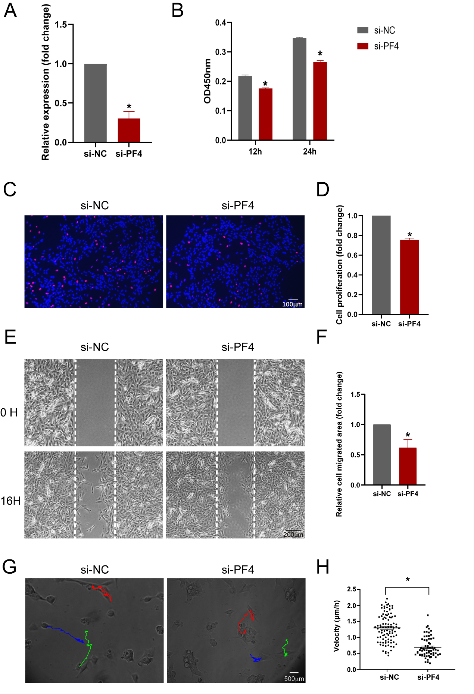
图3敲低血小板因子4可抑制许旺细胞活性、增殖和迁移能力(图源:Gu et al., Neural Regen Res, 2023)

图4外源性血小板因子4可促进许旺细胞的增殖和迁移(图源:Gu et al., Neural Regen Res, 2023)
为进一步探索许旺细胞对神经元轴突生长状态的影响,以血小板因子4重组蛋白干预体外培养的神经元,可见神经元轴突生长更为迅速(图5)。
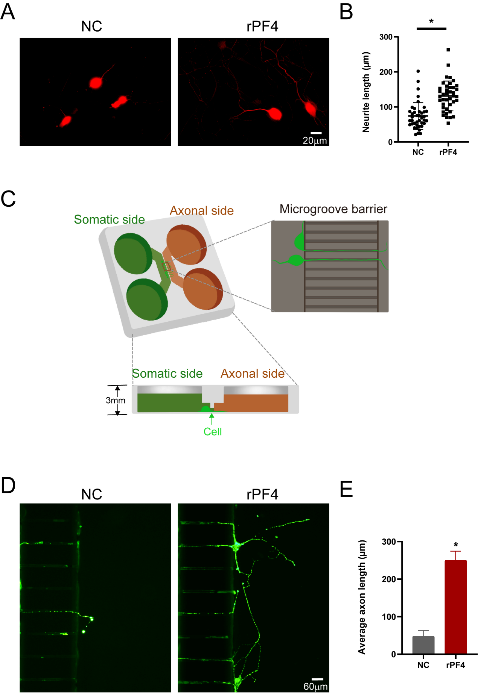
图5血小板因子4重组蛋白可促进神经元轴突的生长(图源:Gu et al., Neural Regen Res, 2023)
进一步构建了大鼠坐骨神经夹伤模型,于坐骨神经损伤处注射小干预RNA血小板因子4,免疫组化染色可见1d时,坐骨神经损伤出许旺细胞的增殖受到显著的抑制(图6)。
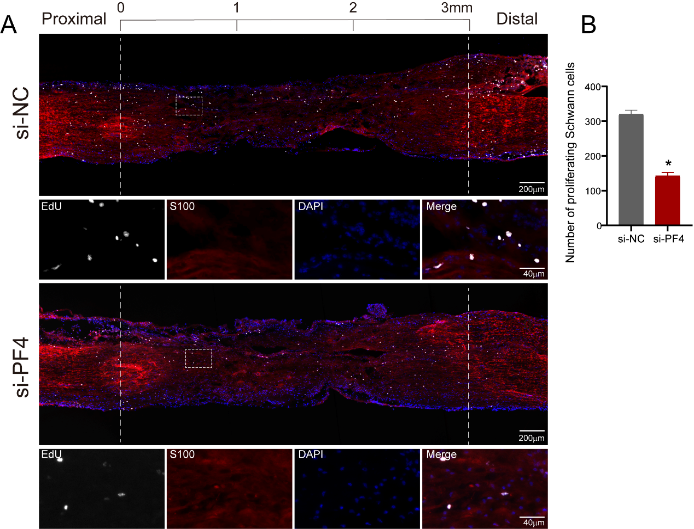
图6敲降血小板因子4可抑制坐骨神经损伤后许旺细胞的增殖(图源:Gu et al., Neural Regen Res, 2023)
总之,血小板因子4对周围神经的损伤与再生至关重要。这一研究表明,血小板因子4的表达在坐骨损伤后升高,而敲降血小板因子4可抑制许旺细胞的增殖与迁移,而添加外源性血小板因子4重组蛋白的效果相反。因此,周围神经损伤后,血小板因子4的升高能够为损伤再生提供一个良好的微环境,促进周围神经的损伤修复。此项研究结果将为创伤性周围神经损伤的治疗提供实验基础。#br#
由于损伤周围神经的微环境极为复杂,各种细胞对于神经的损伤修复都起了很重要的作用,因此还将进一步研究血小板因子4在巨噬细胞中的作用,以及进一步评估血小板因子4作为神经损伤的潜在治疗靶点的潜力。
原文链接:https://doi.org/10.4103/1673-5374.375346
参考文献
[1] Stierli S, Imperatore V, Lloyd AC. Schwann cell plasticity-roles in tissue homeostasis, regeneration, and disease. Glia. 2019;67(11):2203-2215.
[2] Jessen KR, Arthur-Farraj P. Repair Schwann cell update: adaptive reprogramming, EMT, and stemness in regenerating nerves. Glia. 2019;67(3):421-437.
[3] Jessen KR, Mirsky R. The repair Schwann cell and its function in regenerating nerves. J Physiol. 2016;594(13):3521-3531.
[4] Clements MP, Byrne E, Camarillo Guerrero LF, et al. The wound microenvironment reprograms Schwann cells to invasive mesenchymal-like cells to drive peripheral nerve regeneration. Neuron. 2017;96:98-114.e7(1).
[5] Bakogiannis C, Sachse M, Stamatelopoulos K, et al. Platelet-derived chemokines in inflammation and atherosclerosis. Cytokine. 2019;122:154157.
[6] Shi G, Field DJ, Long X, et al. Platelet factor 4 mediates vascular smooth muscle cell injury responses. Blood. 2013;121(21):4417-4427.
[7] Domschke G, Gleissner CA. CXCL4-induced macrophages in human atherosclerosis. Cytokine. 2019;122:154141.
[8] Gleissner CA, Von Hundelshausen P, Ley K. Platelet chemokines in vascular disease. Arterioscler Thromb Vasc Biol. 2008;28(11):1920-1927.





